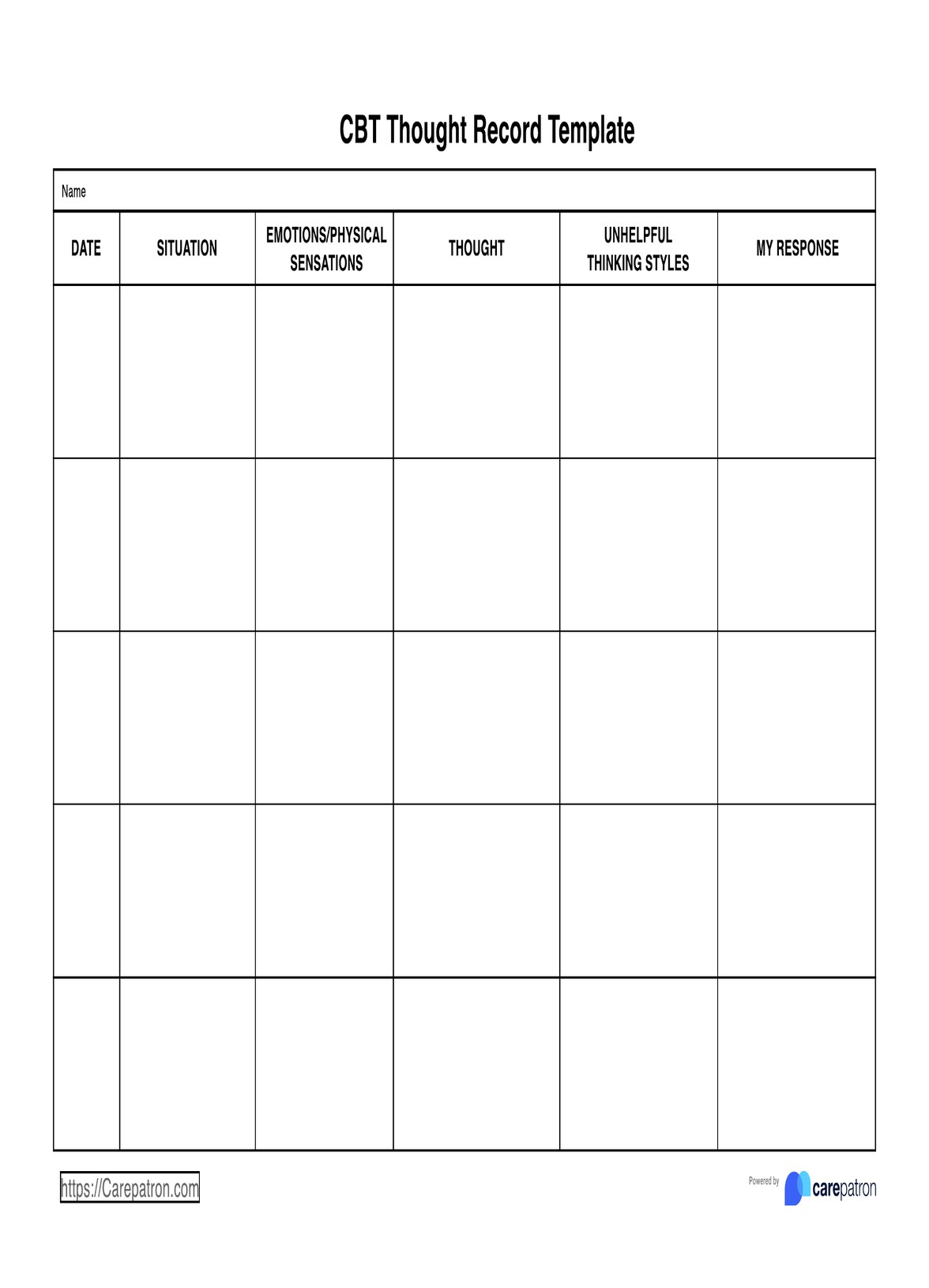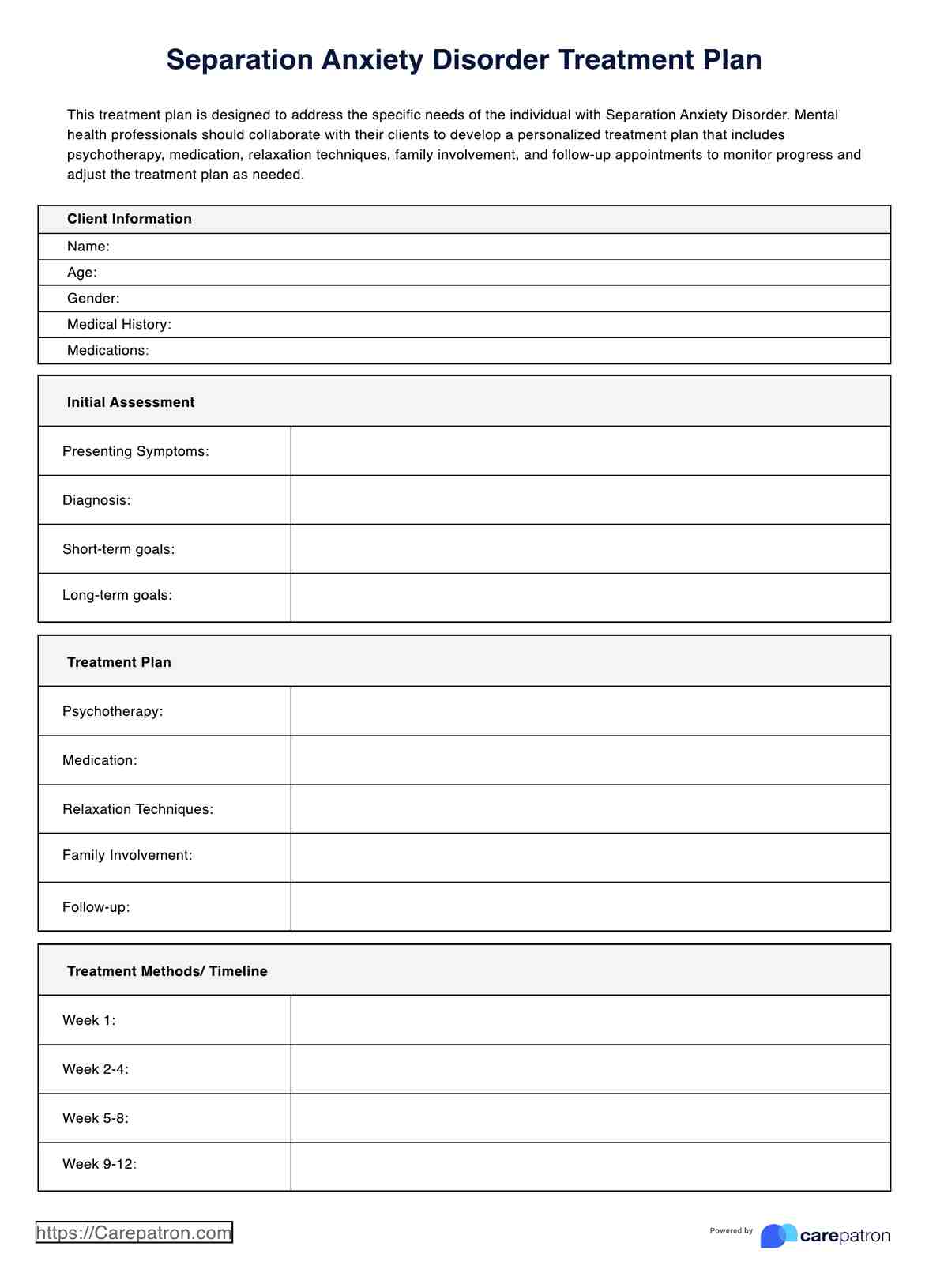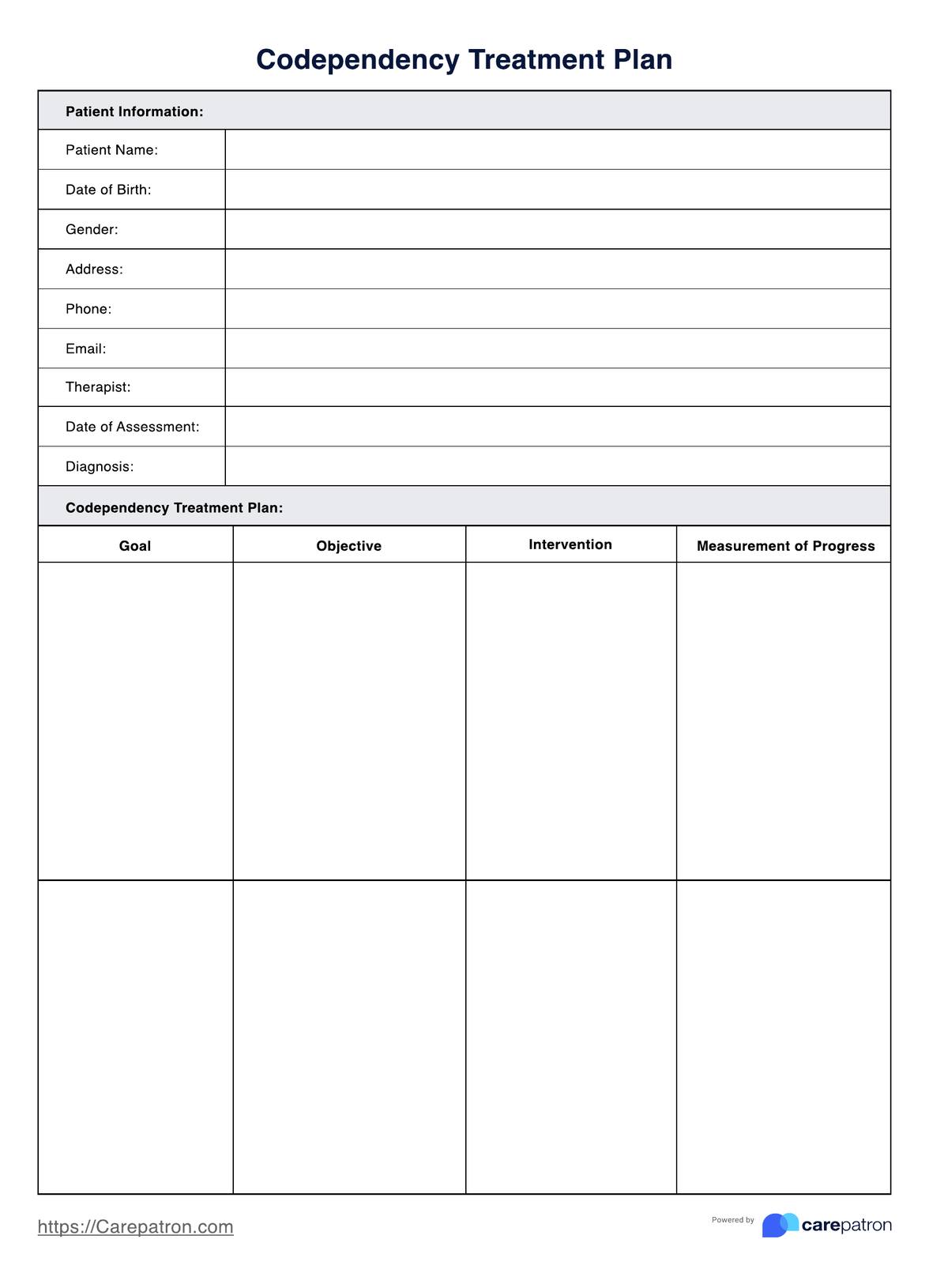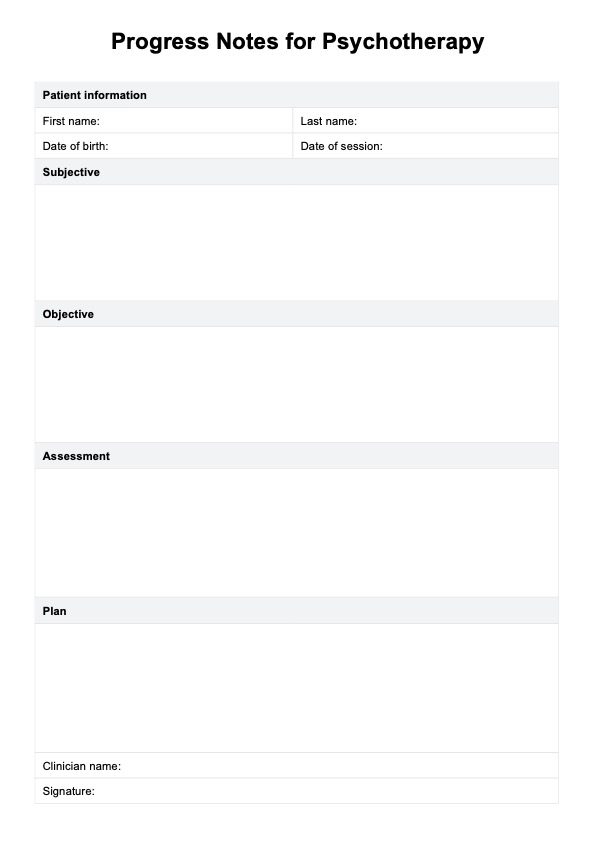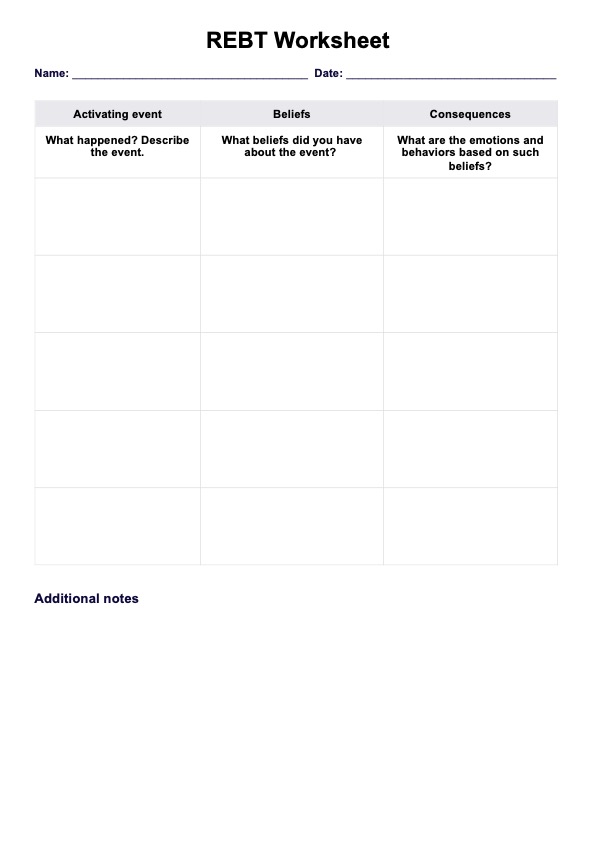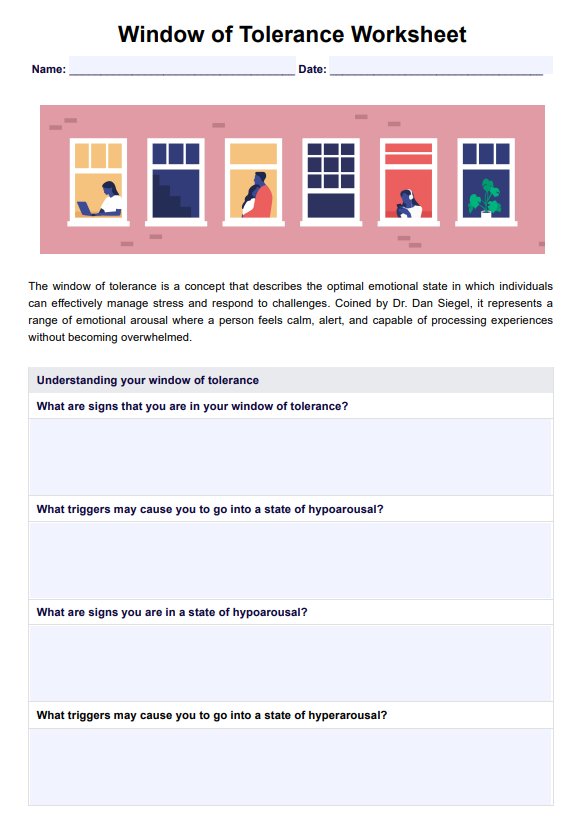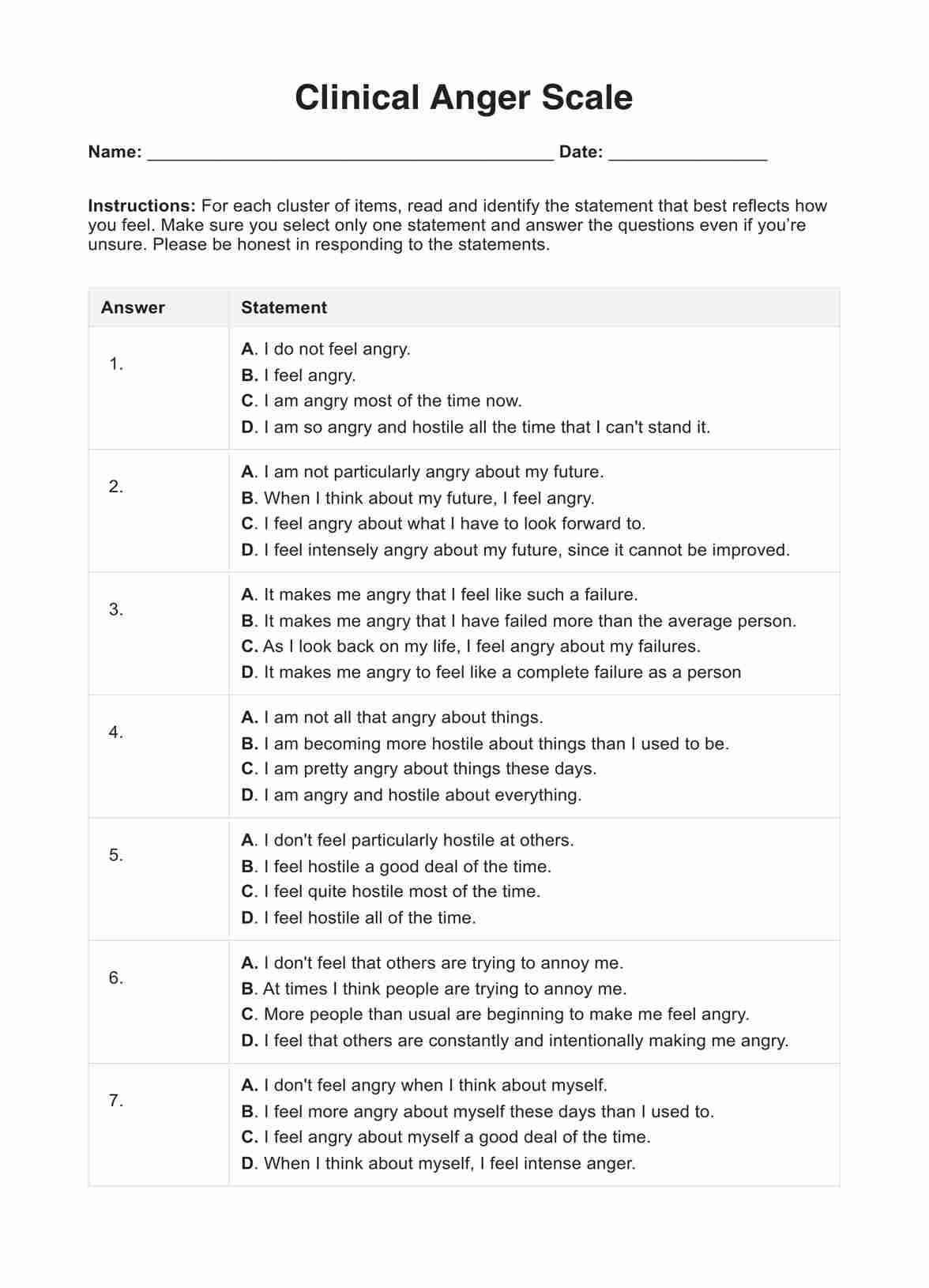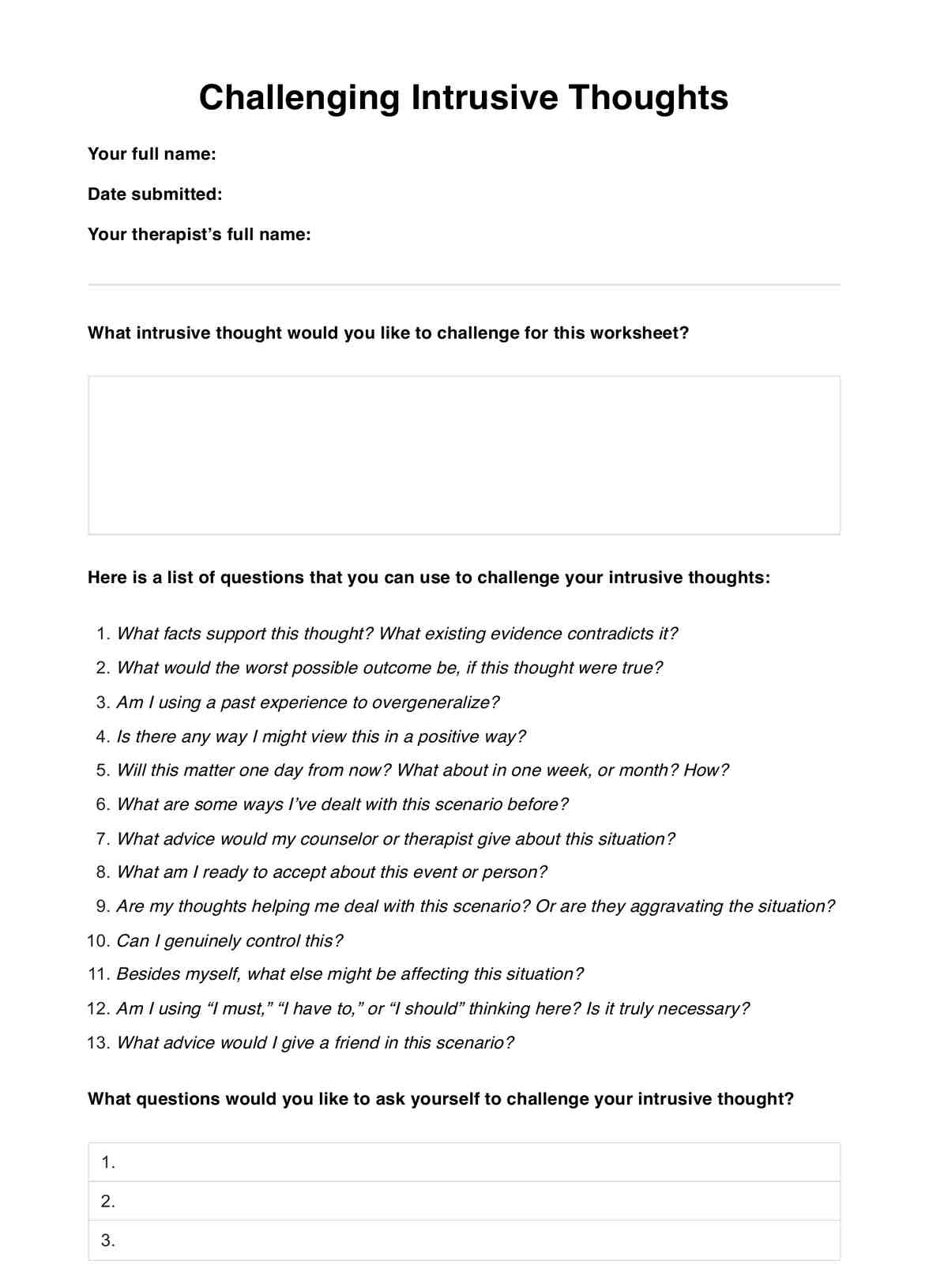Test for Dyscalculia
Unlock insights into Dyscalculia with our comprehensive guide on testing, providing essential tools for accurate assessment and tailored support.


What is Dyscalculia?
Dyscalculia is a specific learning disability that affects an individual's ability to understand numbers and math-related concepts. It can impact various numerical tasks, including calculations, problem-solving, and understanding mathematical facts and standard formulas.
Symptoms typically appear in childhood and may include difficulty with counting, fundamental math, word problems, and more abstract math concepts. Dyscalculia is inborn, meaning individuals are born with it, and it is estimated to affect 5 to 7% of elementary school-aged children.
While it is treatable in children through specialized learning programs, treatment for adults is impossible. The condition is not outgrown, and it can co-occur with other learning and mental health disorders.
Defining learning disabilities
Learning disabilities are neurologically based disorders that affect an individual's ability to understand or use spoken or written language, perform mathematical calculations, and coordinate movements. They are not caused by emotional disturbances, intellectual disabilities, or sensory impairments, nor are they the result of inadequate parenting or lack of educational opportunities.
The term "learning disabilities" or "specific learning disabilities" covers a range of disorders, including dyslexia (difficulty with reading), dysgraphia (difficulty with writing), and dyscalculia (difficulty with mathematics).
These disabilities can lifelong impact on an individual's academic and personal life. While the exact causes of learning disabilities are not fully understood, they may be neurological, biochemical, psychological, or environmental. It is essential to provide educational services and accommodations to individuals with learning disabilities to support their academic and personal success.
Test for Dyscalculia Template
Test for Dyscalculia Example
How is Dyscalculia diagnosed?
Diagnosing Dyscalculia involves psychometric (arithmetical) testing, clinical examination, thorough history-taking, and further psychosocial assessment. The diagnosis of Dyscalculia requires a notable discrepancy between ability and achievement in math-related skills, and it must persist for at least six months, even with trained, expert help to try and overcome it.
No lab, imaging, or diagnostic tests can confirm Dyscalculia, so the focus is on testing a child's specific math-related skills and ruling out other possible causes, such as vision or hearing problems, different brain- or mental health-related conditions, etc.
Different tests can help with this, and a healthcare provider is the best person to explain what kind of math skills and tests they recommend. The symptoms of Dyscalculia depend on which parts of the math process a person struggles with most, and they can vary depending on the person's age and the situations they encounter most often.
Dyscalculia is treatable in children through one-on-one learning programs that are symptom-specific and focus on what a child struggles with most. Treatment should also start as soon as possible, as the sooner the treatment, the better the outcome.
Professional diagnosis and the role of a learning specialist
A learning specialist is a professional who is trained to evaluate and aid children with learning disabilities, including Dyscalculia. They work with students, parents, and teachers to develop strategies to compensate for any learning deficits and to develop skills that the child may find particularly challenging.
They also educate teachers and parents on learning disabilities, communicate regularly about a student's progress, and keep abreast of current teaching methods. The role of a learning disability specialist may include managing a caseload of students, developing and implementing learning goals and support plans, consulting with teachers, and administering diagnostic measures to assess academic preparedness and evaluate potential learning disabilities.
The diagnosis of Dyscalculia requires psychometric testing, clinical examination, thorough history-taking, and further psychosocial assessment, and a healthcare provider is the best person to explain what kind of skills tests they recommend.
Assessing a child's ability: understanding the signs
Assessing a young child's ability for potential learning disabilities, including Dyscalculia, involves a comprehensive approach with various methods and observations. Some of the critical approaches and signs to consider are:
- Observational assessments: This involves systematically observing a child's behavior in various settings to gain insights into their social and problem-solving abilities and emotional well-being. It includes keeping how the child interacts with peers, engages in activities, and responds to different stimuli, as well as their communication skills, ability to follow instructions, and level of independence in completing tasks.
- Diagnostic assessments: These identify specific areas of a child's strengths and weaknesses, including mathematical skills and understanding through age-appropriate tasks.
- Parental observation: Parents play an essential role in identifying potential learning difficulties in their child. They can observe and document specific examples of their child's struggles with reading, writing, math concepts, or completing assignments and problems focusing or paying attention.
- Standardized tests: While not the sole assessment method, standardized tests can provide valuable information by assessing language development, cognitive abilities, and fine and gross motor skills.
- Professional evaluation: A comprehensive evaluation by a learning specialist or healthcare provider is essential for a formal diagnosis. This may involve psychometric testing, clinical examination, history-taking, and psychosocial assessment.
Recognizing dyscalculia symptoms in children
Dyscalculia symptoms often become apparent when children start school around age 6. The symptoms include trouble with counting, fundamental math problems, and more abstract math concepts.
For very young children, the most common symptoms include trouble with:
- Counting
- Recognizing numbers
- Understanding the relationship between numbers and quantities
- Recognizing patterns
- Memorizing math facts
- Telling time
- Making change
Signs of Dyscalculia in adults
The symptoms of Dyscalculia in adults and kids often look like trouble with:
- Managing finances
- Telling time
- Estimating distances
- Understanding schedules and timetables
- Understanding measurements and cooking measurements
- Understanding math concepts in general
Dyscalculia is not considered treatable in adults unless it is acquired Dyscalculia. At least one of two criteria must exist for at least six months, even with trained, expert help to try and overcome it. No lab, imaging, or diagnostic tests can confirm Dyscalculia.
Instead, the focus will be testing a person's specific math-related skills and ruling out other possible causes, such as vision or hearing problems.
Testing for Dyscalculia: what you need to know
Testing for Dyscalculia involves various methods and assessments to evaluate a child's or adult's math-related skills and identify potential learning difficulties. Some critical aspects of testing for Dyscalculia include:
- Psychometric (arithmetical) testing focuses on various math skills, such as mental math, quantitative reasoning, computation, and problem-solving skills.
- Clinical examination: A physical examination, including a neurological examination, is conducted to rule out any underlying medical conditions that could cause Dyscalculia.
- Thorough history-taking: A detailed history of the individual's academic performance, previous diagnoses, and any interventions or accommodations used is taken to understand the severity and duration of the symptoms.
- Further psychosocial assessment: This assessment evaluates the individual's social, emotional, and behavioral functioning to identify potential contributing factors.
- Standardized tests: While not the sole assessment method, standardized tests can provide valuable information by assessing language development, cognitive abilities, and fine and gross motor skills.
- Symptom screening tests: For adults, self-administered symptom screening tests can help identify potential signs of Dyscalculia.
It is essential to consult with a healthcare provider or learning specialist to interpret the results of these tests and determine the appropriate course of action. If testing shows Dyscalculia, the individual may be eligible for dyscalculia accommodations, and a comprehensive treatment plan should be developed to address their specific needs.
Dyscalculia Testing across age groups
Dyscalculia testing for teens and children
Symptoms often become noticeable when children start school from 6 through grade one. Common symptoms for young children include trouble with counting, recognizing numbers, understanding the relationship between numbers and quantities, recognizing patterns, memorizing math facts, telling time, making changes, and understanding mathematical concepts. Teens and adults with Dyscalculia may struggle with managing finances, speaking time, estimating distances, understanding schedules and timetables, and understanding measurements and cooking measurements.
Dyscalculia testing for adults
At least one of two criteria must exist for at least six months, even with trained, expert help to try and overcome it. No lab, imaging, or diagnostic tests can confirm Dyscalculia. The focus will be testing a person's specific math-related skills and ruling out other possible causes, such as vision or hearing problems.
Adults with Dyscalculia may experience symptoms like difficulty managing finances, telling time, estimating distances, understanding schedules and times tables and timetables, and understanding measurements and cooking measurements.
Diagnosing Dyscalculia in young children
Early signs of Dyscalculia in young children may include difficulty counting, recognizing numbers, understanding the relationship between numbers and quantities, recognizing patterns in phone numbers, memorizing math facts, problem-telling time together, making changes, and understanding mathematical concepts.
Parents and caregivers can monitor their children's progress and look for signs of difficulty with completing math problems and related tasks. If concerns are raised, it is essential to consult with the child and a healthcare provider or learning specialist to determine the appropriate course of action.
Math difficulties and dyscalculia quiz
There are several dyscalculia quizzes and checklists available online to assess mathematical abilities and identify potential Dyscalculia. The NeuroPsych Doctor NY website offers a free dyscalculia quiz that includes basic arithmetic tasks, such as addition, addition and subtraction, multiplication, and division, as well as more complex mathematical operations.
Dyscalculia quizzes for adults are available on Dyscalculia.me and Dyscalculia Services offer a screening checklist suitable for students from grades 3 through 12 and college students above grade level, with 17 questions to identify potential signs of Dyscalculia.
The Steve Chinn website provides an informal dyscalculia checklist for teachers and parents to identify critical issues and behaviors contributing to math difficulties. Recognizing math difficulties includes challenges with counting, basic arithmetic tasks, more complex mathematical operations, number sense, spatial reasoning, working memory, estimating, comparing, applying fractions, percents, decimals, and understanding word problems.
Exploring specific learning disorders
Specific learning disorders are neurodevelopmental disorders characterized by a persistent impairment in at least one of three major areas: reading, written expression, and math. They are typically diagnosed in early childhood but may not be recognized until adulthood. Specific learning disorders can be categorized into three main types: dyslexia, dysgraphia, and Dyscalculia.
Specific learning disorder vs. Dyscalculia
While specific learning disorders encompass a range of learning difficulties, Dyscalculia is a subset of particular learning disorders that affect an individual or child's ability to learn number-related concepts and perform accurate math calculations.
Both dyslexia and Dyscalculia are characterized by writing difficulties. Still, dysgraphia interferes with all aspects of writing, including spelling, grammar, and punctuation, while Dyscalculia focuses on challenges with number sense, fact and calculation, and mathematical reasoning.
Specific skills that may be affected by particular learning disorders include word reading accuracy, spelling, grammar, or calculation. In addition, fluency in subjects other than reading and mathematics may be noted.
Difficulties with these skills often cause problems in learning subjects such as history, math, science, and social studies and may impact everyday activities and social interactions. Early intervention is key for people with specific learning disorders, and if problems are identified early, intervention can be more effective.
Next steps after Dyscalculia Testing
After dyscalculia testing, the following steps depend on the assessment results. If the test results indicate Dyscalculia, the individual may be eligible for dyscalculia accommodations, and a comprehensive treatment plan should be developed to address their specific needs.
Treatment for Dyscalculia usually involves symptom-specific one-on-one learning programs focusing on what a child's difficulties struggle with most. Treatment should also start as soon as possible, as the sooner the treatment, the better the outcome. Unfortunately, Dyscalculia is not considered treatable in adults unless it is acquired Dyscalculia.
Strategies for dealing with kids with Dyscalculia include using multisensory teaching methods, breaking down complex math concepts into smaller, more manageable parts, and using visual aids and manipulatives to help understand.
It is also essential to provide accommodations, such as extra time on tests, using calculators, and using other signs of assistive technology, to help individuals with Dyscalculia succeed in academic and personal settings.
If you suspect you or someone you know may have Dyscalculia, it is essential to seek professional help for a complete, proper evaluation and recommendations.
Commonly asked questions
Dyscalculia can be tested using a variety of assessments, including standardized tests, clinical examinations, and thorough evaluations by healthcare providers or learning specialists.
If you suspect you have Dyscalculia, you can take a dyscalculia test or screening to assess your mathematical abilities and gain insights into potential signs of Dyscalculia.
While screening tools and checklists are available, a qualified healthcare provider or educational psychologist should make a formal diagnosis. Self-diagnosis is not recommended.


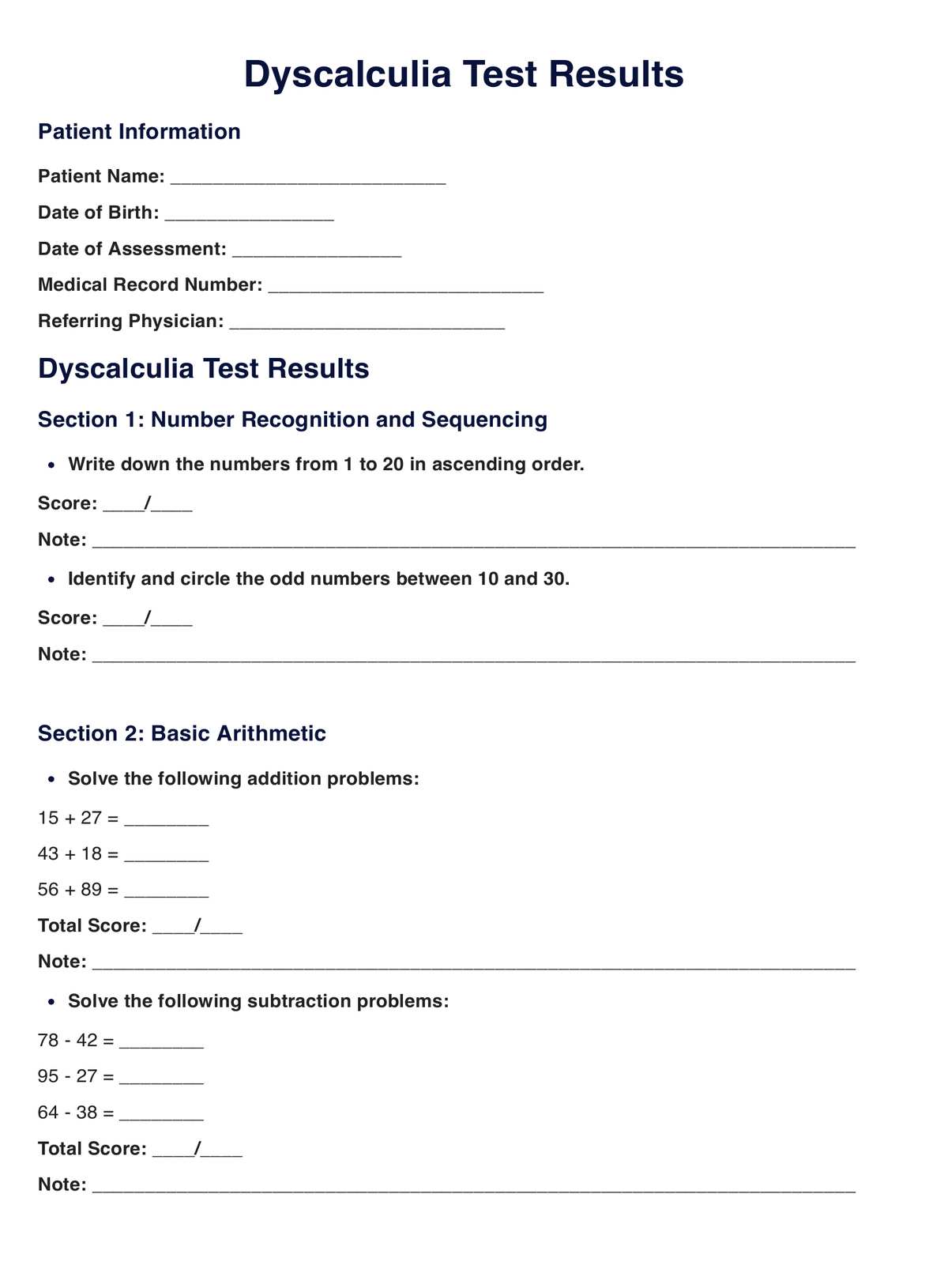
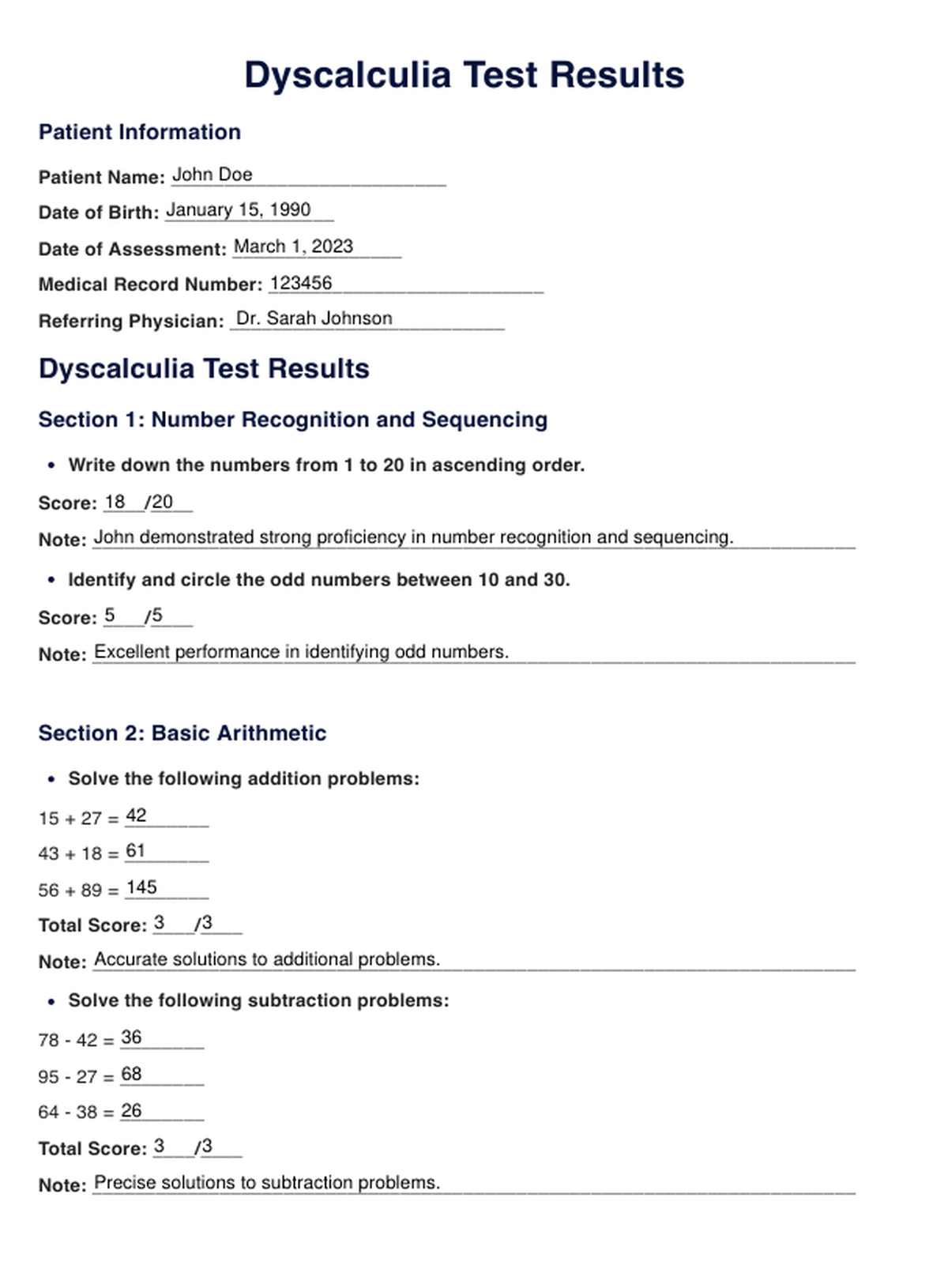

















-template.jpg)



















































































